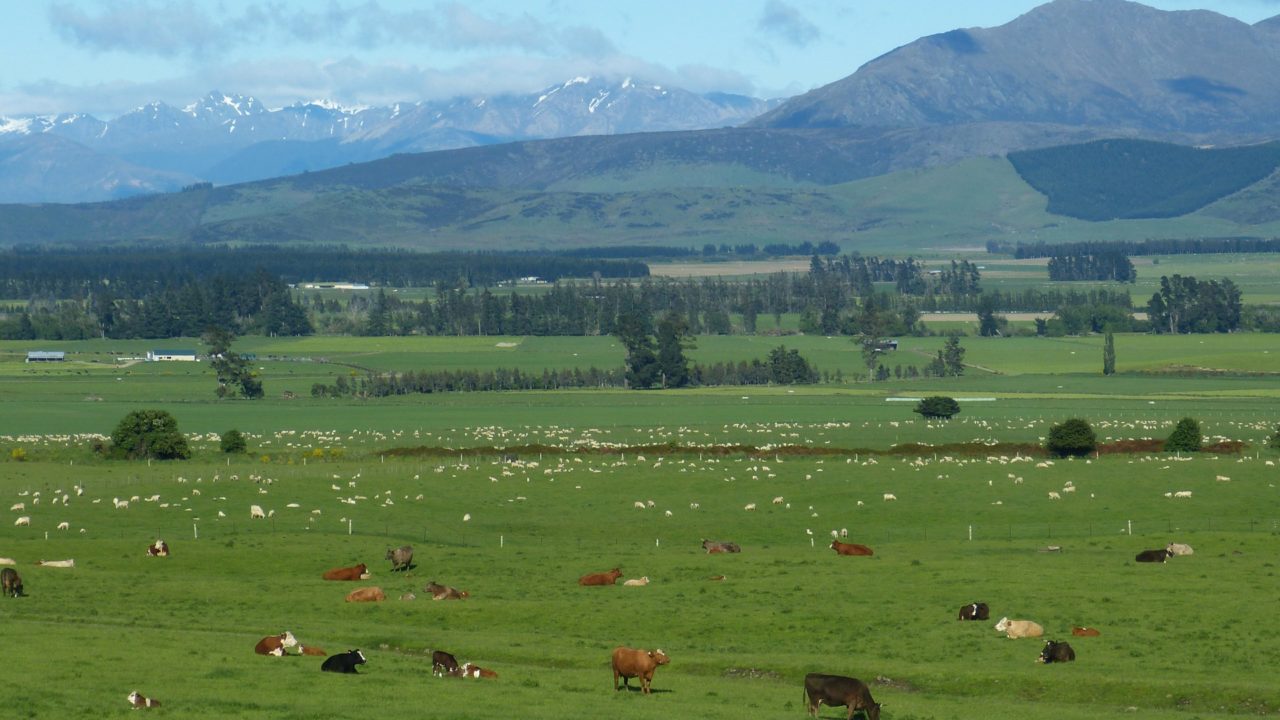Prices for New Zealand red meat are currently ar record levels and are forecast to stay strong in the coming year, according to a new report.
Beef + Lamb New Zealand’s (B+LNZ) new season outlook for 2025/2026 outlines the high values for sheep and beef, but warns of the risk posed by global headwinds.
Kate Acland, B+LNZ board chair, said the outlook is “positive” as tight global supplies are maintaining high demand.
“Even with tariffs being imposed by the US, New Zealand is still benefiting from robust international demand, particularly from the US, Europe, and the UK.
“Consumers in those markets are paying more for beef and lamb, despite high inflation, which is helping hold prices up,” she said.
New Zealand
Despite lower export volumes, earnings for New Zealand’s core red meat exports are expected to rise by NZ$1.4 billion, to NZ$10.5 billion, for the 2024/2025 season (year ending September).
Export returns for the coming 2025/2026 season are forecast to hold steady, easing by only 0.5% compared to the previous year.
“Lower forecast sheep exports by Australia in late 2025 are expected to further support sheepmeat prices.
“Strong US red meat demand is more than enough to absorb beef from both New Zealand and Australia, and Brazilian beef supply is also expected to remain tight,” Acland said.
Farm profitability
The report outlines that the high global prices are helping to improve farm profitability.
The 2023/2024 season was one of the toughest since the global financial crisis, with average farm profit before tax dropping to NZ$18,914 and 40% of farms running at a loss.
In 2024/2025, profitability rebounded to NZ$138,600 and in the coming season 2025/2026, average farm profit before tax is expected to increase further to NZ$166,500.
According to B+LNZ, sheep and beef farmers are forecast to generate NZ$7.2 billion of value on farm this coming season, spending around NZ$15.5 million every day on goods and services.
Prices across all wool types, except lambs’ wool, are projected to increase for the 2025/2026 season, nearing the cost of shearing for most farmers.
Headwinds
However, Acland warned there are also “many global headwinds and significant risks to navigate”.
She said the 15% tariff now applying to all New Zealand exports heading into the US could reduce red meat sector earnings by nearly NZ$500 million in a season.
“The US lamb industry is also continuing to push strongly for higher tariffs on New Zealand imports, while Chinese authorities are undertaking a safeguard investigation into beef imports.
“Other risks include a stronger forecast for the NZ dollar, which could eat into export values, and the continued loss of productive New Zealand farmland to carbon forestry.
“Tariffs, currency swings, and ongoing land-use change to forestry could all chip away at the gains,” Acland said.
B+LNZ claimed that the sector would have exported nearly NZ$2 billion more in red meat exports in the last five years if stock numbers had not reduced because of afforestation.

